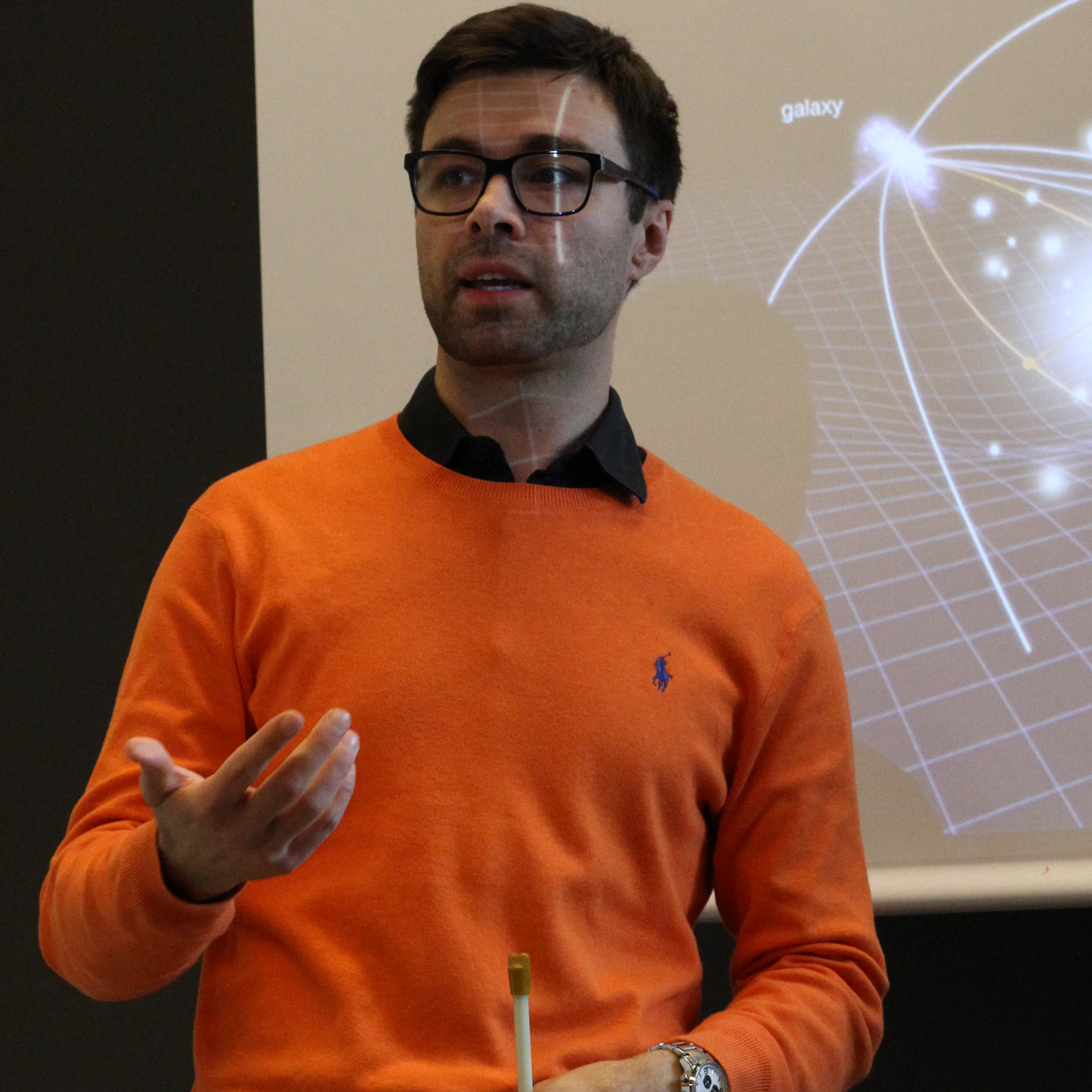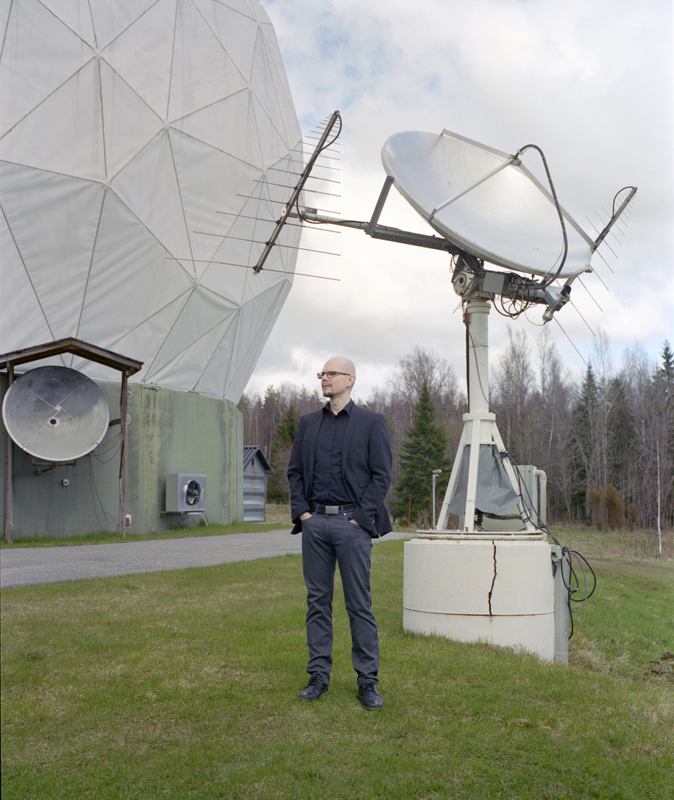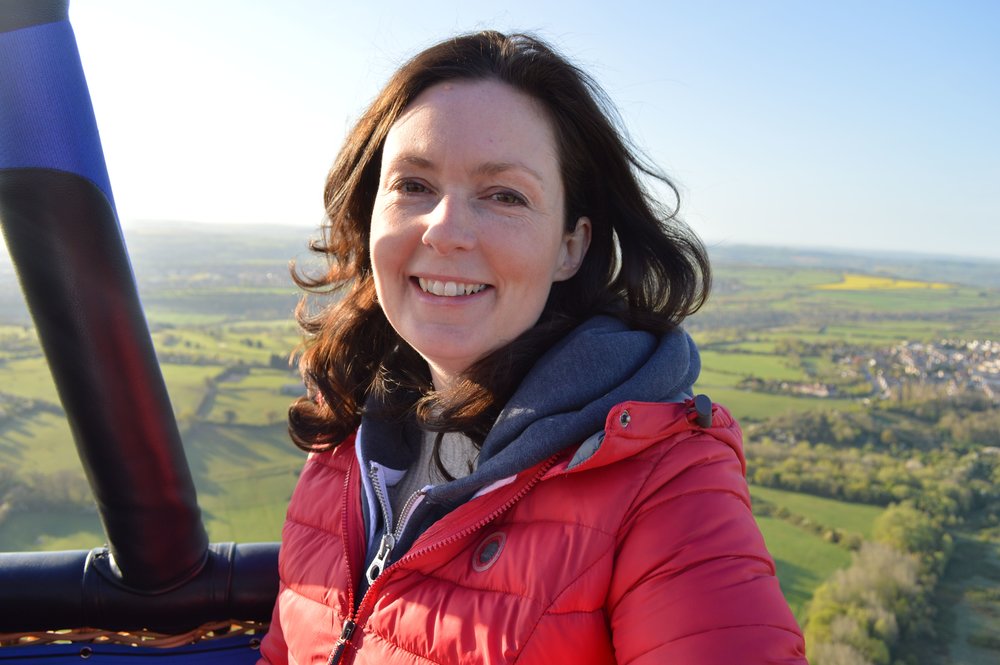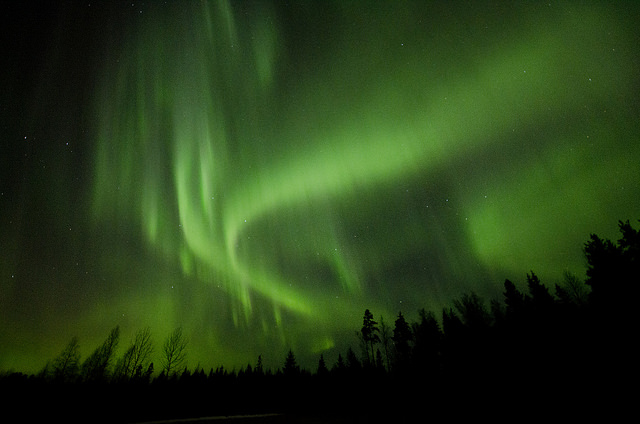Ghosts in the universe
It may be that not all black holes have formed in the usual way: massive stars collapsing under
their gravitational pressure. During the Big Bang, large enough inhomogeneities in matter density
may have led to formation of microscopical “primordial black holes”, which might have survived
until the present day. They may help to explain a ghost in the universe, the mysterious dark matter.





